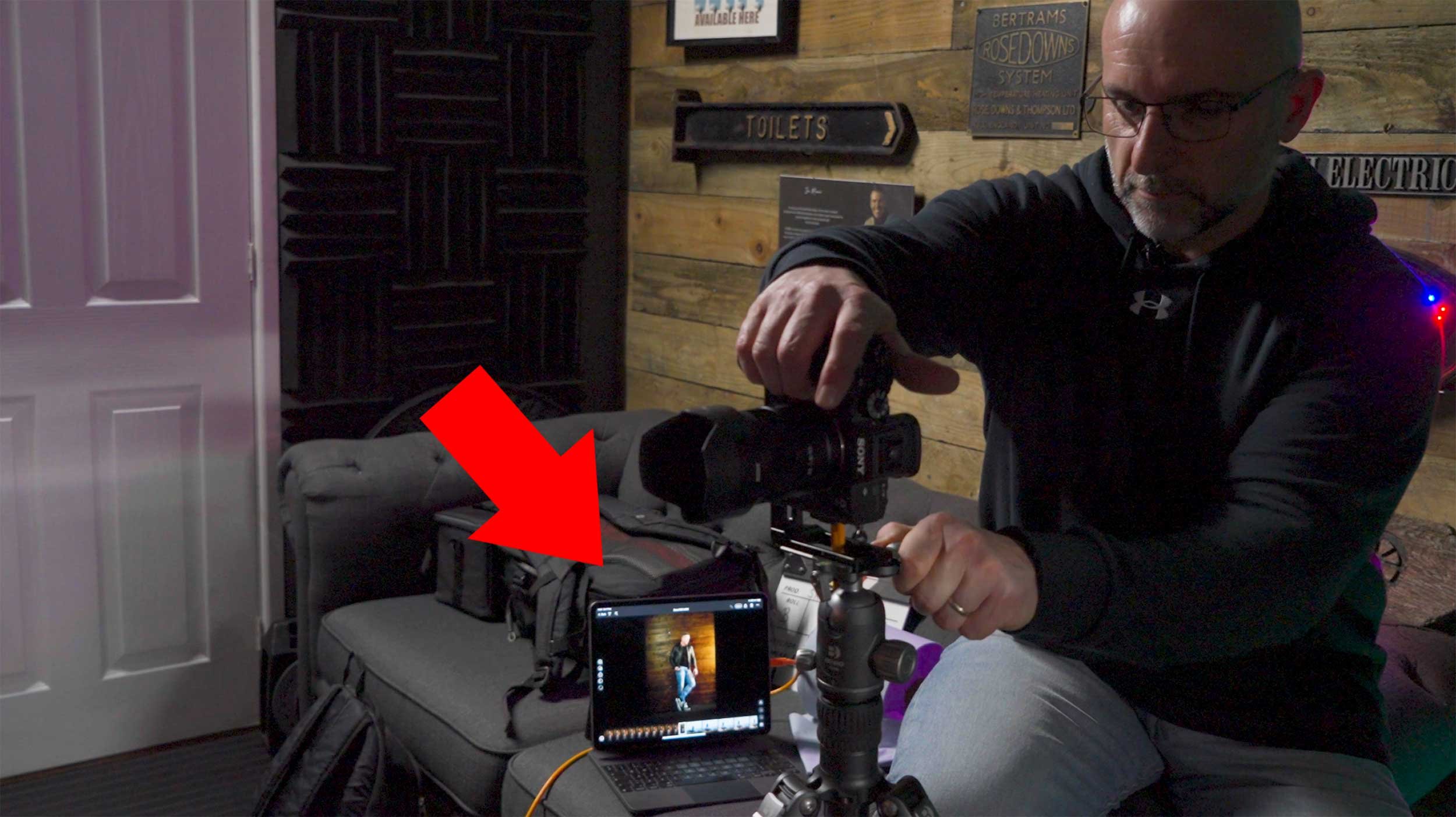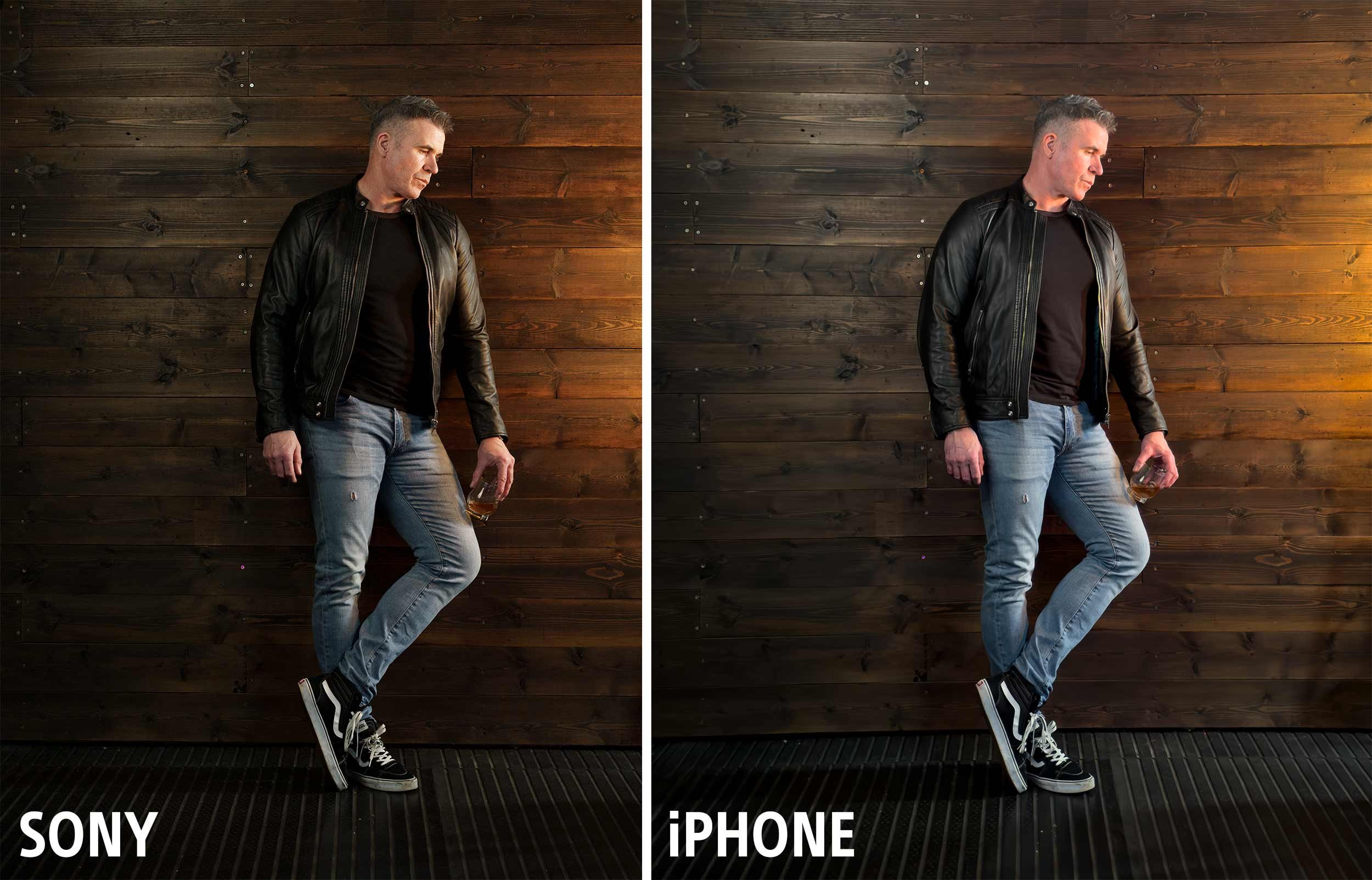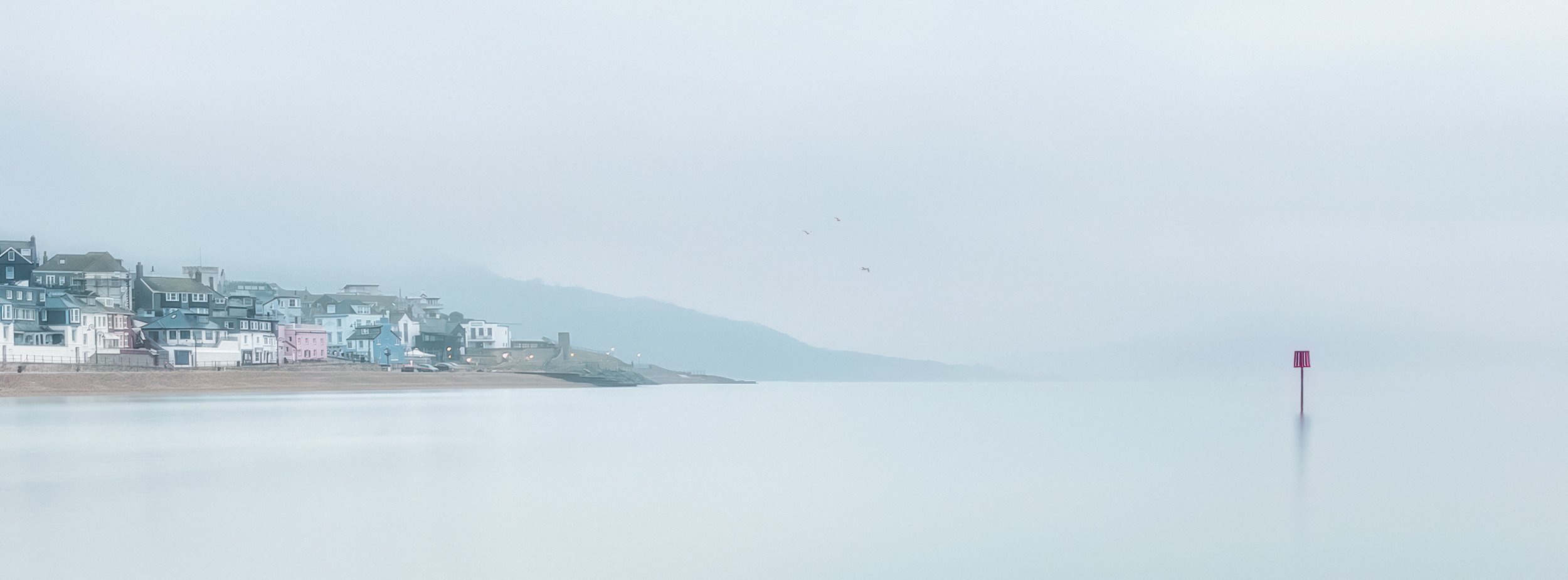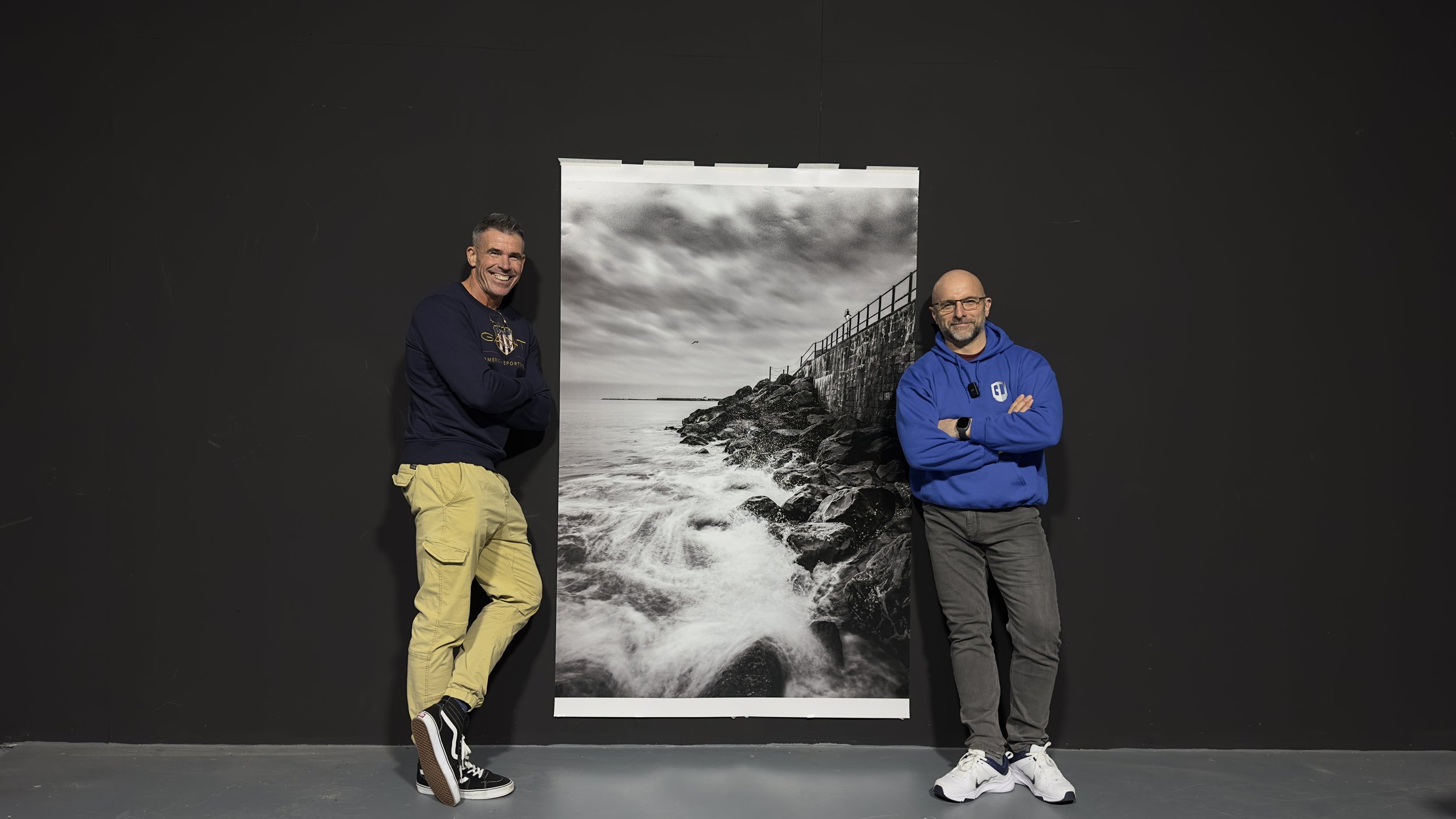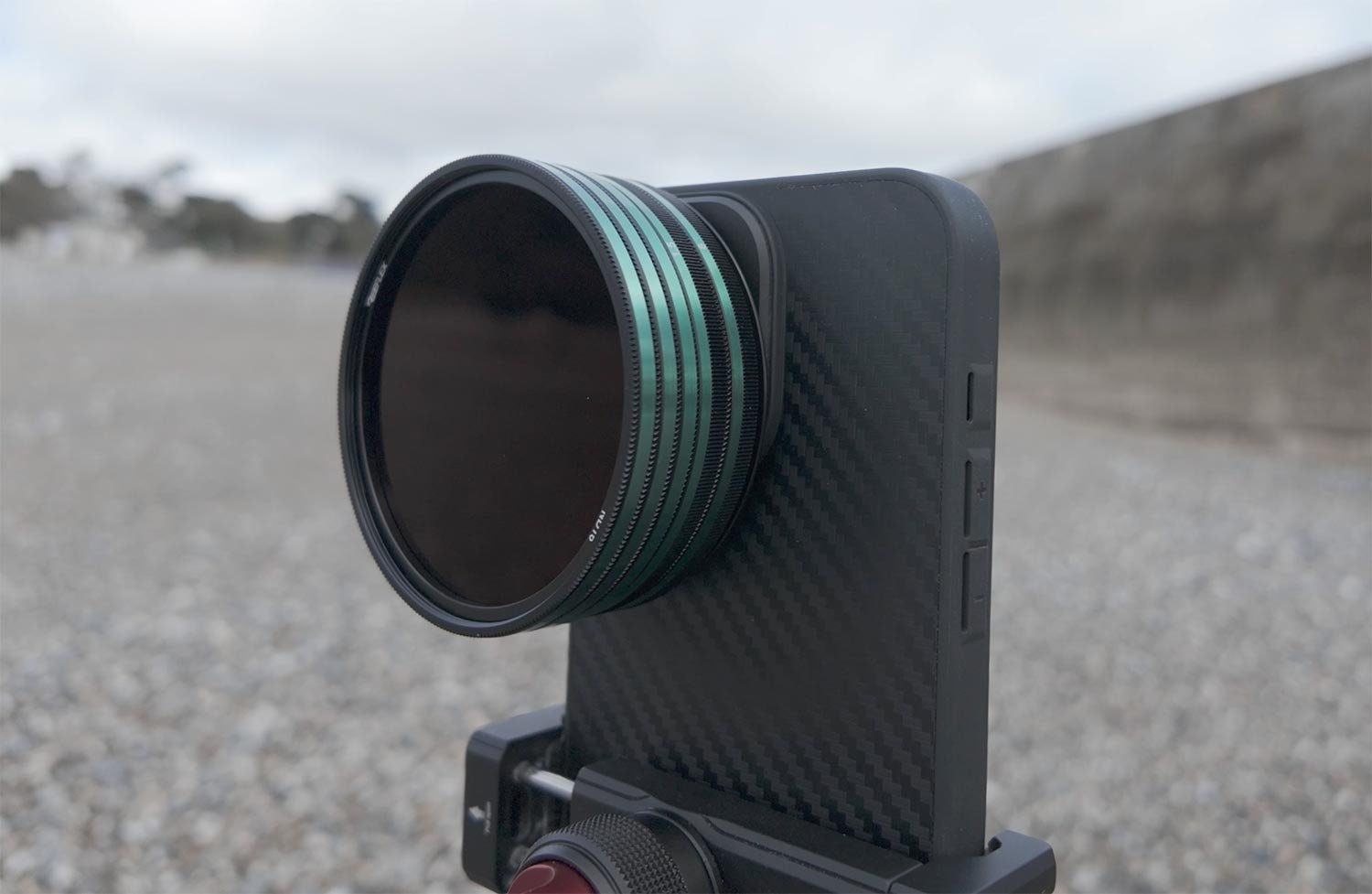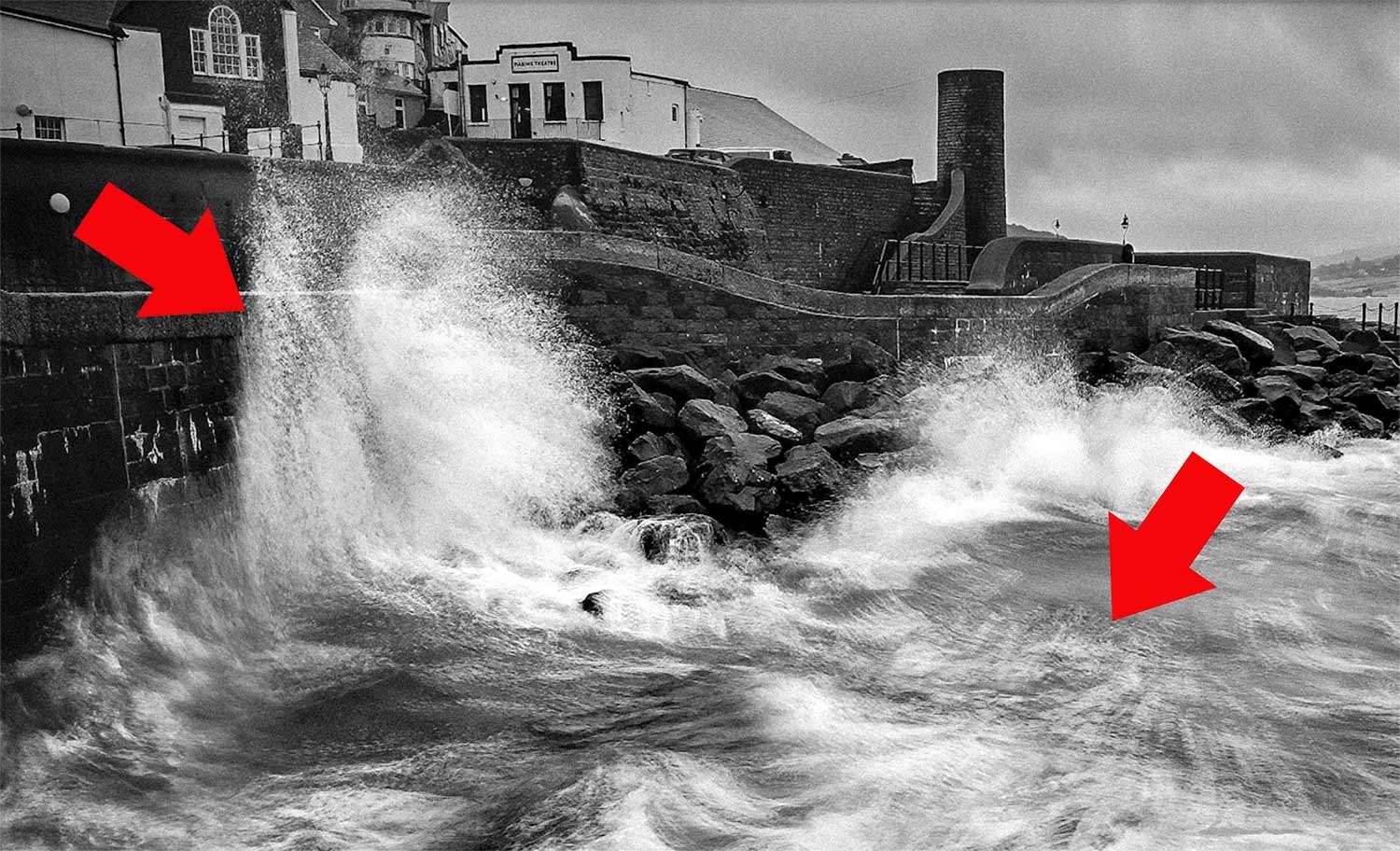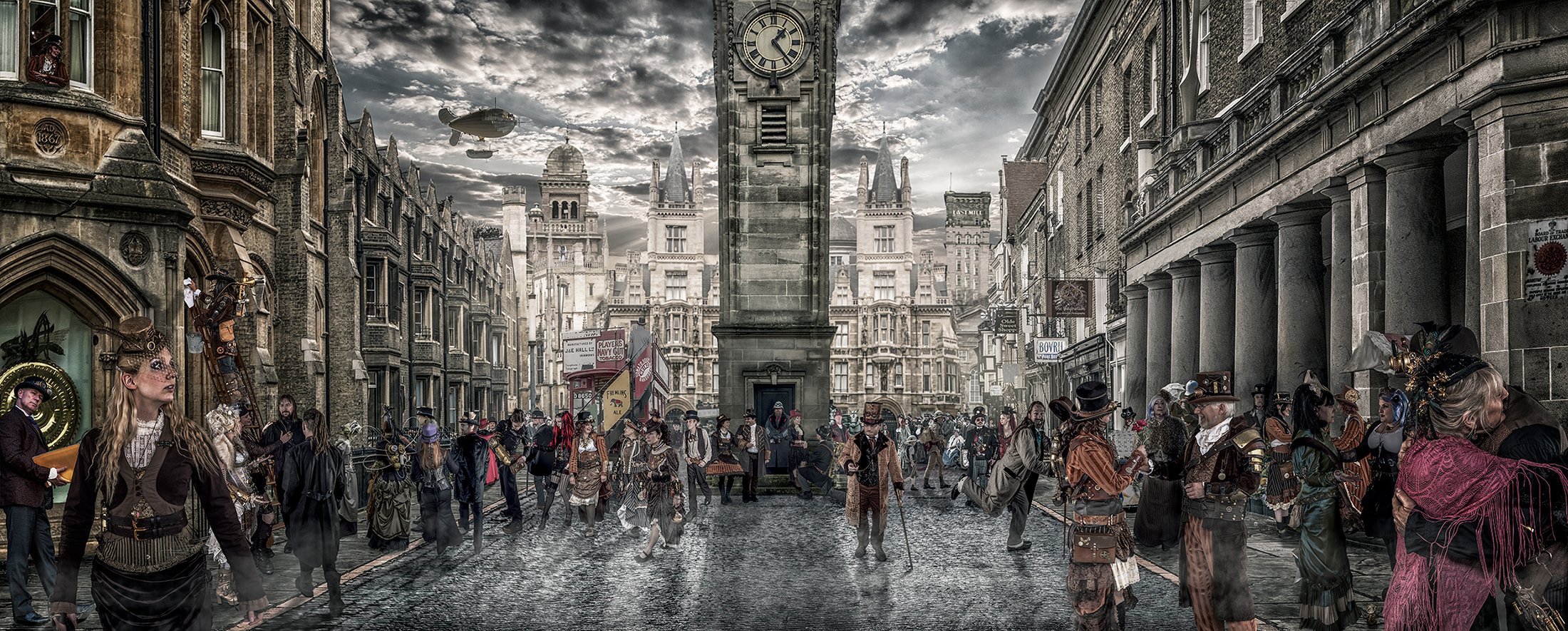So here then is my thinking, which I hasten to add I am popping out tomorrow morning to test …
Accepting that if I use manual controls the file will drop to 12MP, what if I use the Neutral Density Filters to get a correct exposure with a shutter speed of ½ second or the maximum of 1 second?
Thinking of this in really basic terms … as that’s not being used to blend images together, it should in theory produce a single shot long exposure right? When I’m sat in my office with the phone in those manual settings and move it around the image is blurry so that should work for moving objects like the sea right?
I’ll keep you posted with the testing once I’ve been out tomorrow.
Just to add though … the slowest shutter speed you can set is 1/1 sec so for anything longer than that it calls for one of the long exposure apps that does the computational blending thing.
Apple Proraw isn’t really raw
Whatever the technical reason / limitations there are for this I really do hope in the near future this is overcome, otherwise Apple continually calling the camera system “Pro” could start to get a little bit "Boy who cried Wolf” if you know what I mean.
That said though, because of how Apple ProRaw works, there may well be times you wouldn’t want to use it anyway because of the processing it applies to the files i.e. Noise Reduction and Smart HDR.
I’m going to be covering that very soon in another article and video.
ND FILTERS WITH iPHONE FOR VIDEO ???
This is a definite YES though and I’ll be covering that in a post and video VERY soon.
Right, I’ll go charge my filming kit for tomorrow and keep you posted once I’m done with the testing 👍🏻









